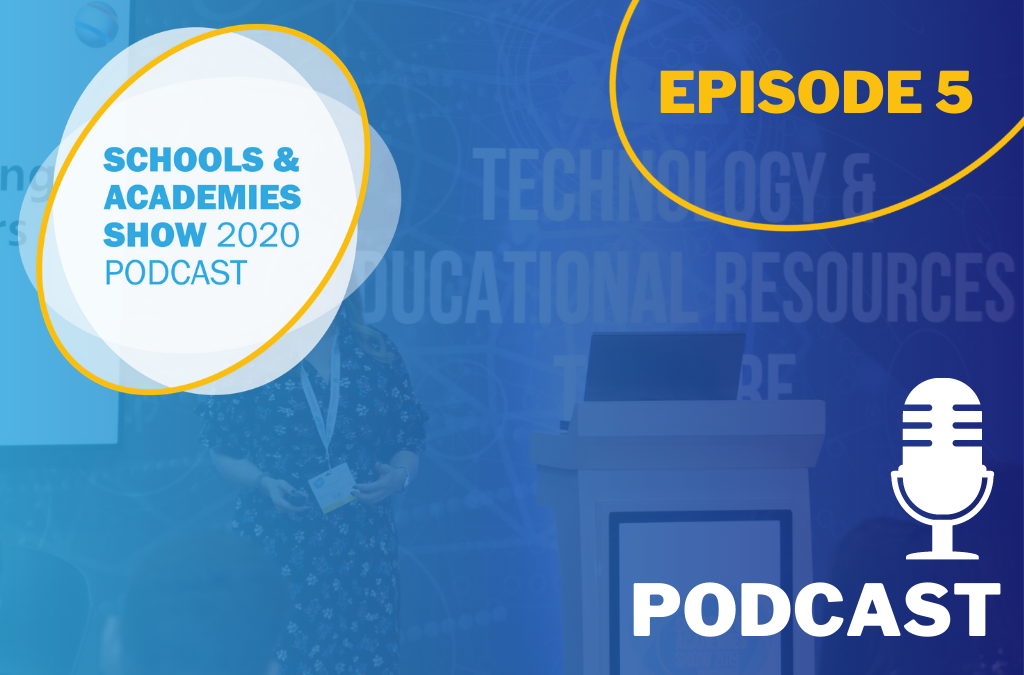How to use Pupil Premium Funding for Social and Emotional Support
Here we look at the kind of interventions that will help deliver necessary social and emotional support to primary children to build resilience by making the most of your pupil premium funding.
The pupil premium sits at the heart of government educational social policy. Since its introduction, in every part of the country, schools have demonstrated how great teaching, careful planning and effective support can make a huge impact on educational outcomes.
In brief, the pupil premium is a grant given by the government to schools in England to decrease the attainment gap for the most disadvantaged children. For many primary schools, the pupil premium forms a sizeable amount of the school budget.
Schools now face significant challenges to ensure its continuing success. The pandemic has disrupted education like never before and the road to recovery will require robust strategies. The pressure is intensified as pupil premium spending must cover social, emotional and mental health (SEMH) needs, as well as supporting disadvantaged children by contributing to catch-up opportunities.
Changes to the conditions of the pupil premium funding/grant mean schools will have to justify their spending through additional checks, and there will now be greater focus on evidence-based interventions.
What kinds of interventions and activities can support social and emotional learning and development?
Social and emotional learning is critical to our recovery from Covid-19. To achieve this, the SEL curriculum should be sequential, active, focused and explicit (SAFE), and ensure continuity through all year groups and stages of development.
Strategies for SEL in primary schools should target skills that have been underdeveloped in children due to the Covid-19 lockdown. In addition, teachers and support staff should be offered training in order to take a trauma-informed approach to education as part of the Covid-19 recovery period.
There are a number of interventions that target children’s social and emotional development. These aim to improve pupils’ interaction with others, as well as help with the self-management of emotions.
An example of an SEL intervention is focusing on the ways in which students work with (and alongside) their peers, teachers, family or community. While teacher-led activities are very important, they should be combined with other forms of learning and interventions. These can include peer-to-peer collaborations and schemes that are away from the classroom.
There are three broad categories of SEL interventions identified by the Education Endowment Foundation (EEF). These are:
- Universal programmes which generally take place in the classroom
- More specialised programmes that are targeted at students with particular social or emotional needs
- School-level approaches to developing a positive school ethos, which also aim to support greater engagement in learning
Activities to support mental health and wellbeing could include:
- Coaching children to recognise how they feel or how someone else might be feeling
- Conflict-resolution and guiding students through the steps to help them apply a skill in a new situation
- Enabling students to practice group decision-making by setting classroom rules together
- Encouraging co-operation and teamwork through participation in team sports and games
- Setting up cross-age mentoring - pairing younger children with older ones to create a sense of belonging and to enhance academic skills
- Teaching reflective listening to pupils
Schools should carry out an assessment of social and emotional capabilities and evaluate the impact of SEL interventions.
Does evidence-based guidance exist around these?
The EEF has found that SEL interventions have an identifiable and valuable impact on attitudes to learning and social relationships in school. They also have an average overall impact of four months' additional progress on attainment. A four-month gain in attainment is critical for pupils who have fallen behind during the pandemic.
Research evidence is now a mandatory requirement for all pupil premium spending. The government’s Education & Skills Funding Agency states that from academic year 2021 to 2022, schools must demonstrate how their spending decisions are informed by research evidence, making reference to a range of sources, including the Education Endowment Foundation’s toolkit.
Examples of best practice and positive outcomes
Case studies shown in the EEF Guide to The Pupil Premium demonstrate examples of pupil premium in action. These include:
Springfield Junior School: With a third of pupils eligible for the pupil premium funding at this school, Springfield Junior highlights the success of using an evidence-based approach as a starting point. Additional resources were dedicated to teachers’ development and pupils were provided with extra enrichment PSHE sessions. The interventions were adapted to suit the context of the school. Last year 90% of the school’s Year 6 Pupil Premium children achieved the expected standard in reading, writing and maths.
The Aspire Educational Trust: The Trust is a multi-academy group of 10 primary schools. They adopted an evidence-based approach to improving the oral language skills of disadvantaged pupils. They used the EEF’s Guidance Reports (Improving Literacy in KS1, Improving Literacy in KS2 and Preparing for Literacy) to address the barriers relating to vocabulary. The EEF Toolkit’s Oral Language Interventions section showed an average impact of +5 months with an extensive evidence base. The Trust found that their disadvantaged students were able to access the curriculum more effectively and confidently, in contrast to previous years before the interventions were adopted.
How to implement a pupil premium strategy
A pupil premium strategy only works effectively when a holistic approach is taken. A few interventions in isolation will not have the desired effect.
This is the conclusion that Sir John Dunford (the former national pupil premium champion), found when he spent two years examining what works best. He spoke to schools, addressed conferences and acted as a channel of communication between the Department for Education and schools. He found that the most successful schools used a range of strategies that were also targeted to meet the needs of individual pupils.
The 15 strategies recommended by Sir Dunford include:
- Collecting and analysing data on groups and individual pupils, and monitoring this over time
- Focusing on teaching quality
- Identifying the main barriers to learning for disadvantaged children
- Putting interventions in place when progress has slowed
- Engaging with parents and carers in the education of their child; and
- Referring to existing evidence about the effectiveness of different strategies



.png)
